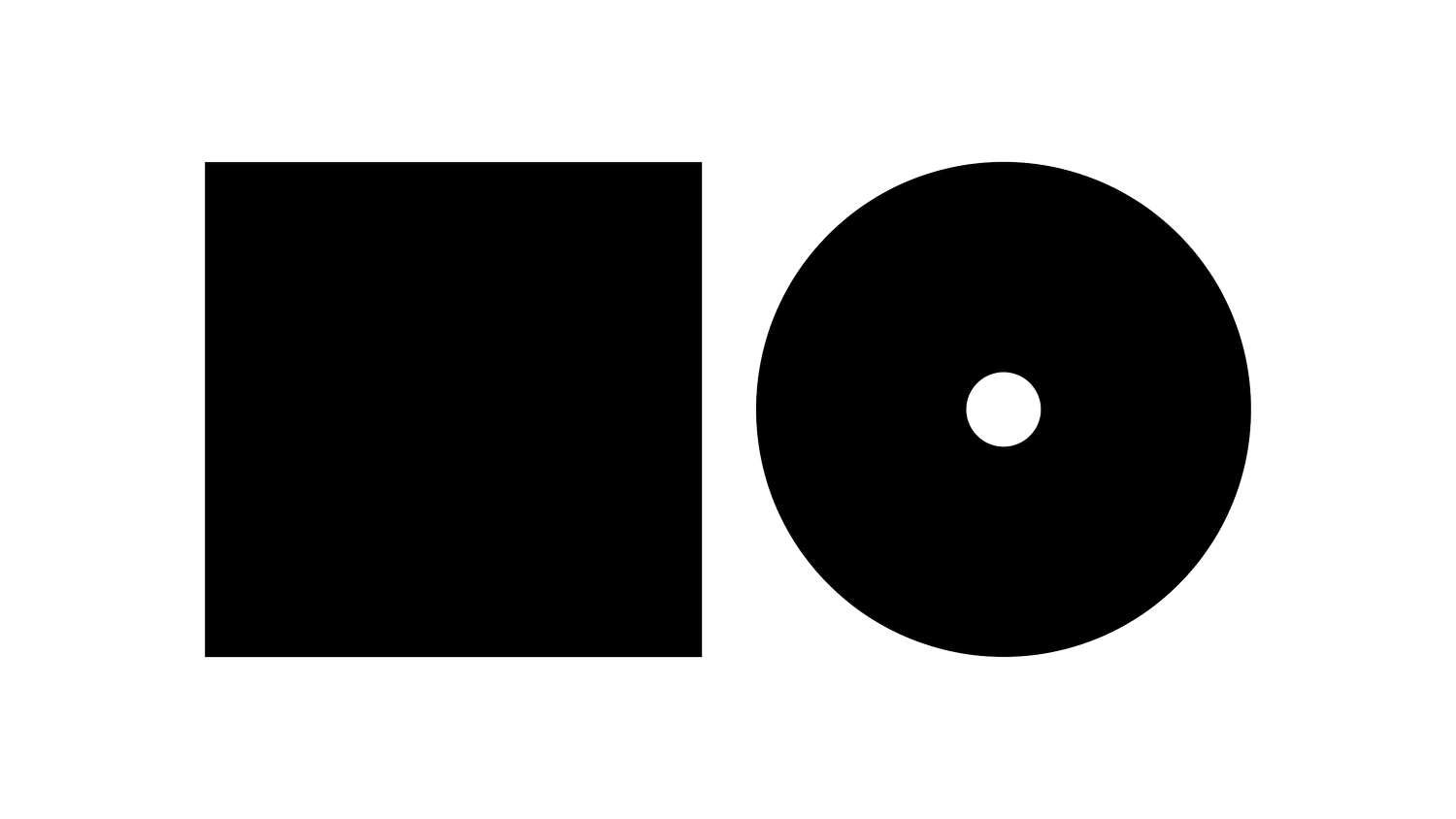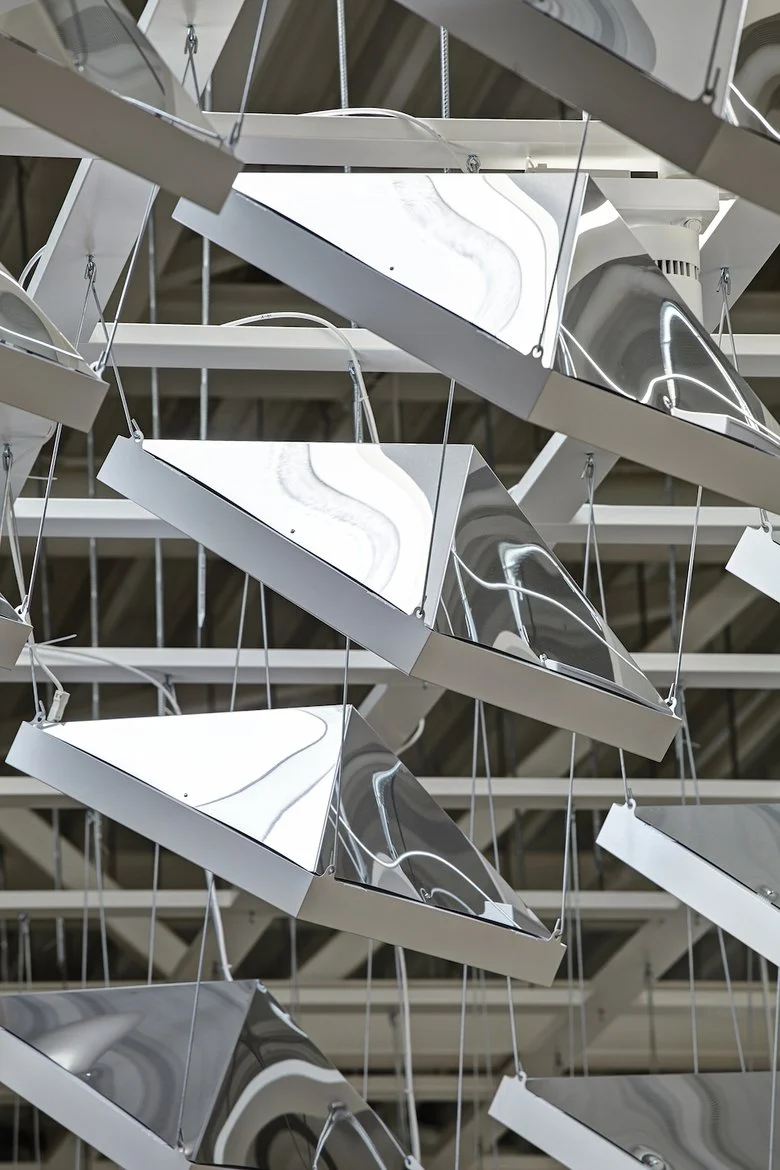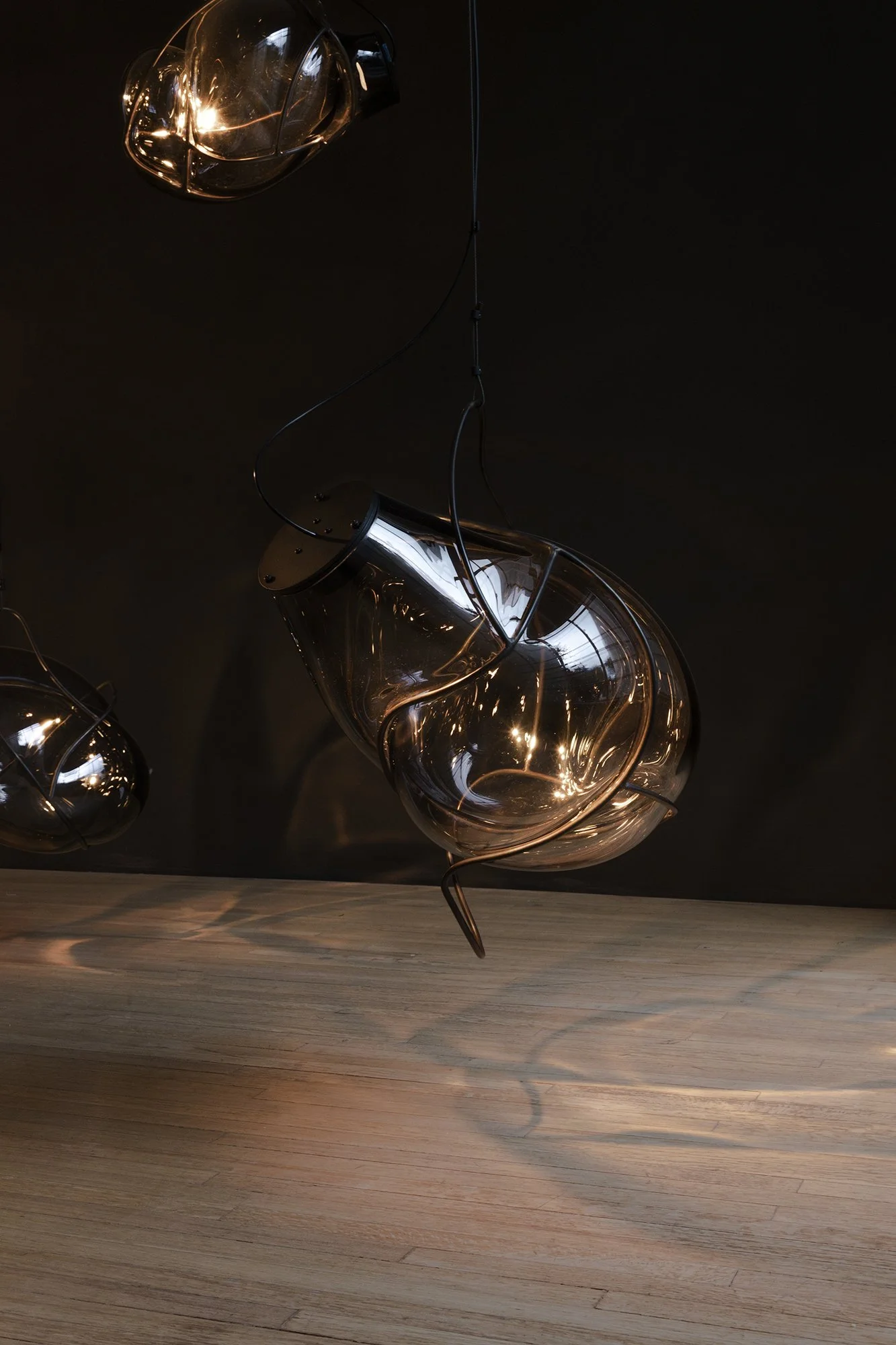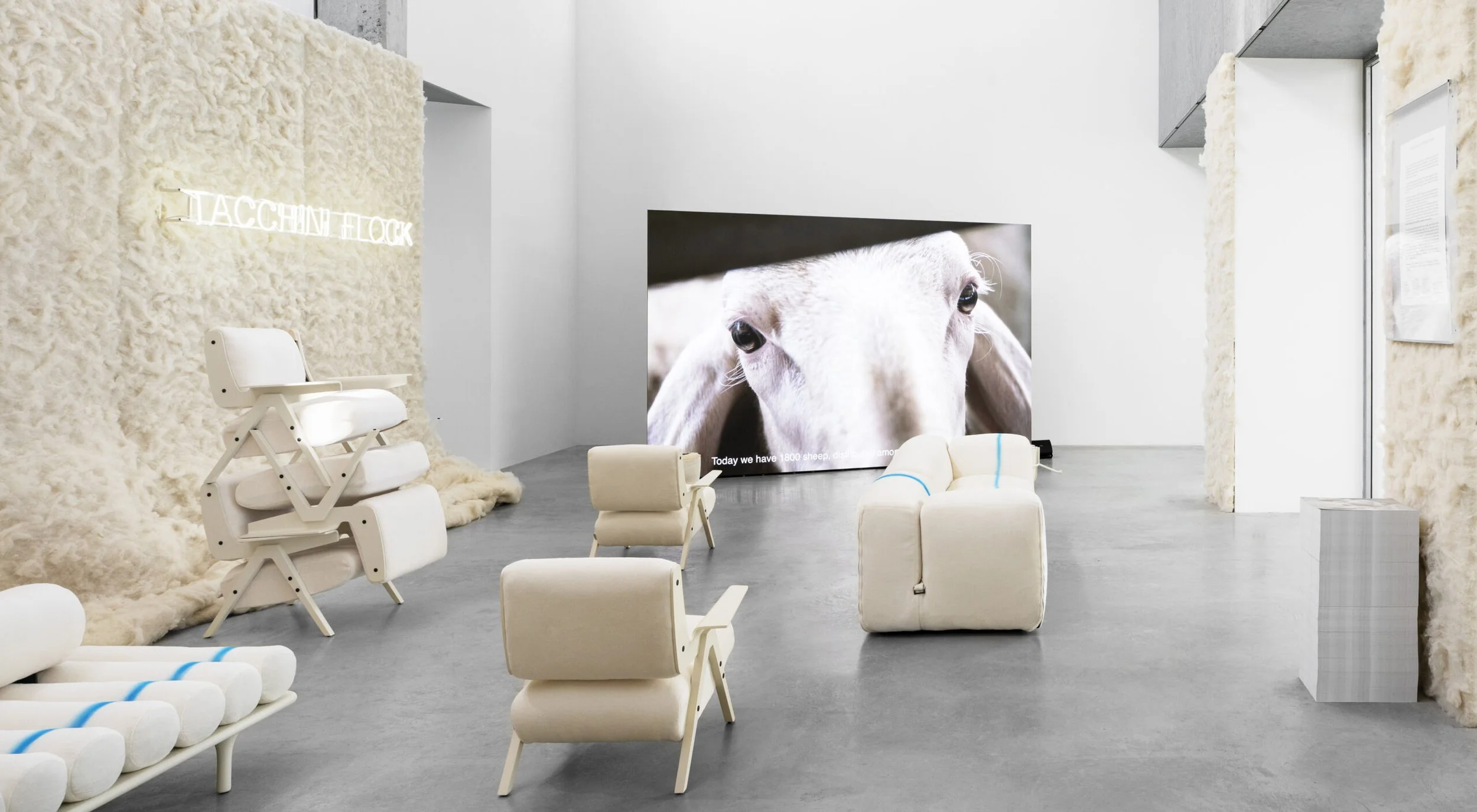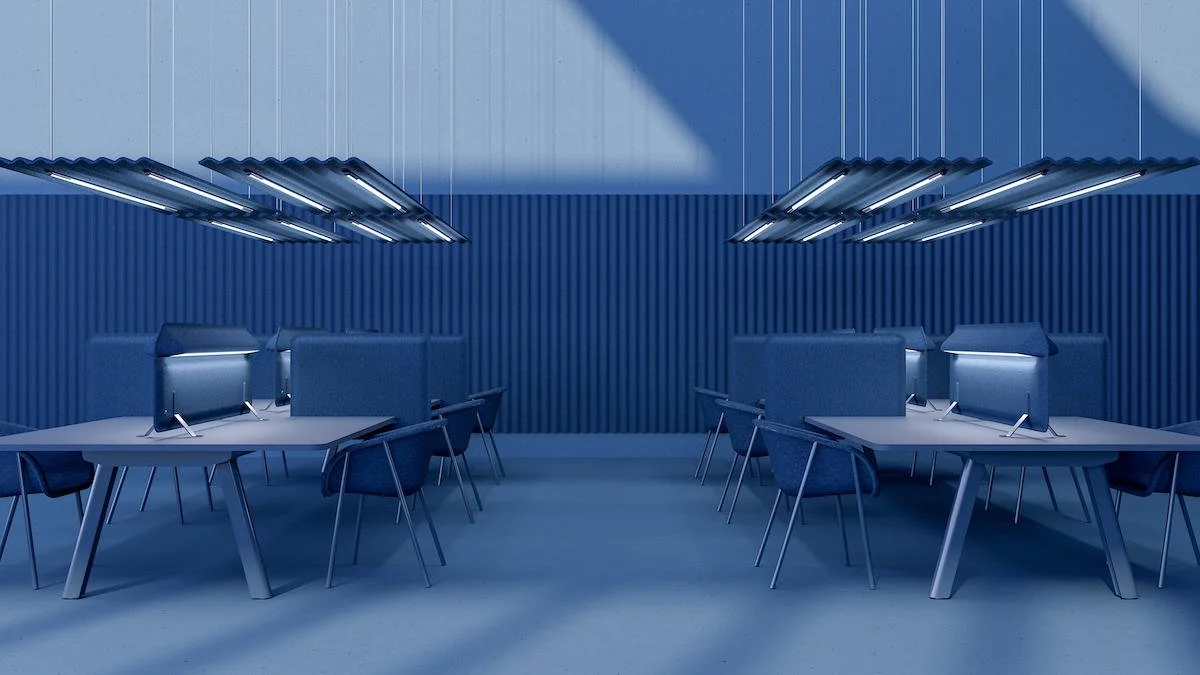P R O L E A R N
Light Efficiency refers to the practice of maximising the use of light while minimising energy consumption. It encompasses a range of technologies, design principles, and control systems aimed at providing optimal illumination with the least possible energy expenditure.
Key Characteristics
Energy-Efficient Sources: Utilisation of LED and other high-efficiency lighting technologies.
Smart Controls: Implementation of sensors and automated systems for adaptive lighting.
Daylight Integration: Maximising the use of natural light in conjunction with artificial lighting.
Benefits
Energy Savings: LED lighting can reduce energy consumption by up to 86% compared to traditional lighting.
Cost Reduction: Efficient lighting systems often have payback periods of 1-2 years due to energy savings.
Environmental Impact: Reduced energy consumption leads to lower carbon emissions, supporting sustainability goals.
Challenges and Considerations
Initial Investment: High-efficiency lighting systems may have higher upfront costs.
Retrofit Complexity: Upgrading existing buildings can be challenging and disruptive.
Balancing Efficiency and Comfort: Ensuring that energy-saving measures don't compromise lighting quality and user comfort.
Innovative Applications
Daylight Harvesting: Systems that adjust artificial lighting based on available natural light, potentially saving up to 60% in lighting energy.
Human-Centric Lighting: Adaptive systems that mimic natural light patterns to support human circadian rhythms and well-being.
IoT Integration: Connected lighting systems that provide data for space utilisation and energy management.
Future Outlook
As technology advances, we can expect to see more integration of AI in lighting control systems, leading to even more efficient and responsive lighting solutions. There's also likely to be an increased focus on the non-visual effects of light, such as its impact on health and productivity.
Call to Action:
Evaluate your current lighting systems for efficiency. Consider conducting an energy audit and explore how upgrading to more efficient technologies and smart control systems could reduce your energy consumption and costs while improving lighting quality.
